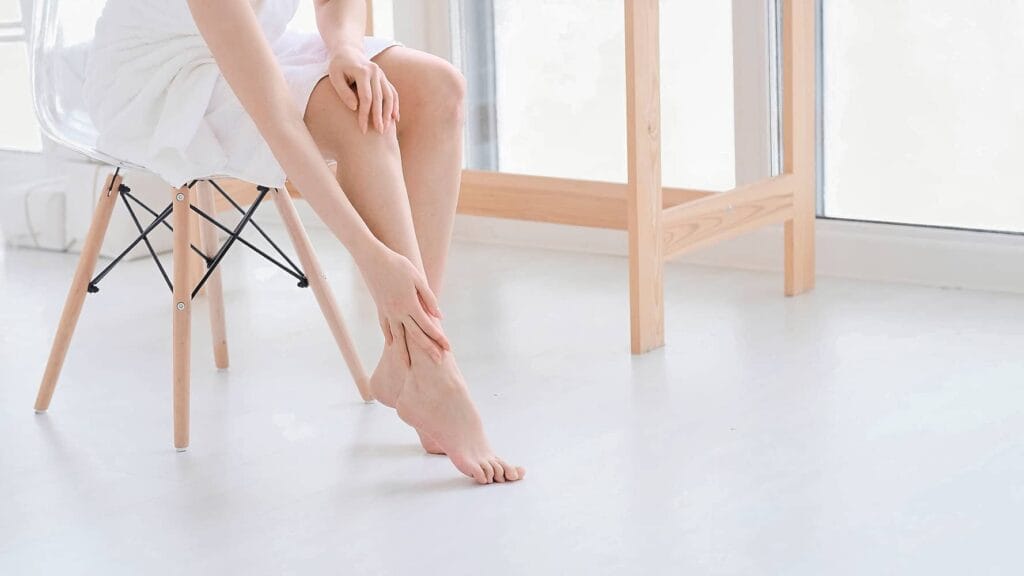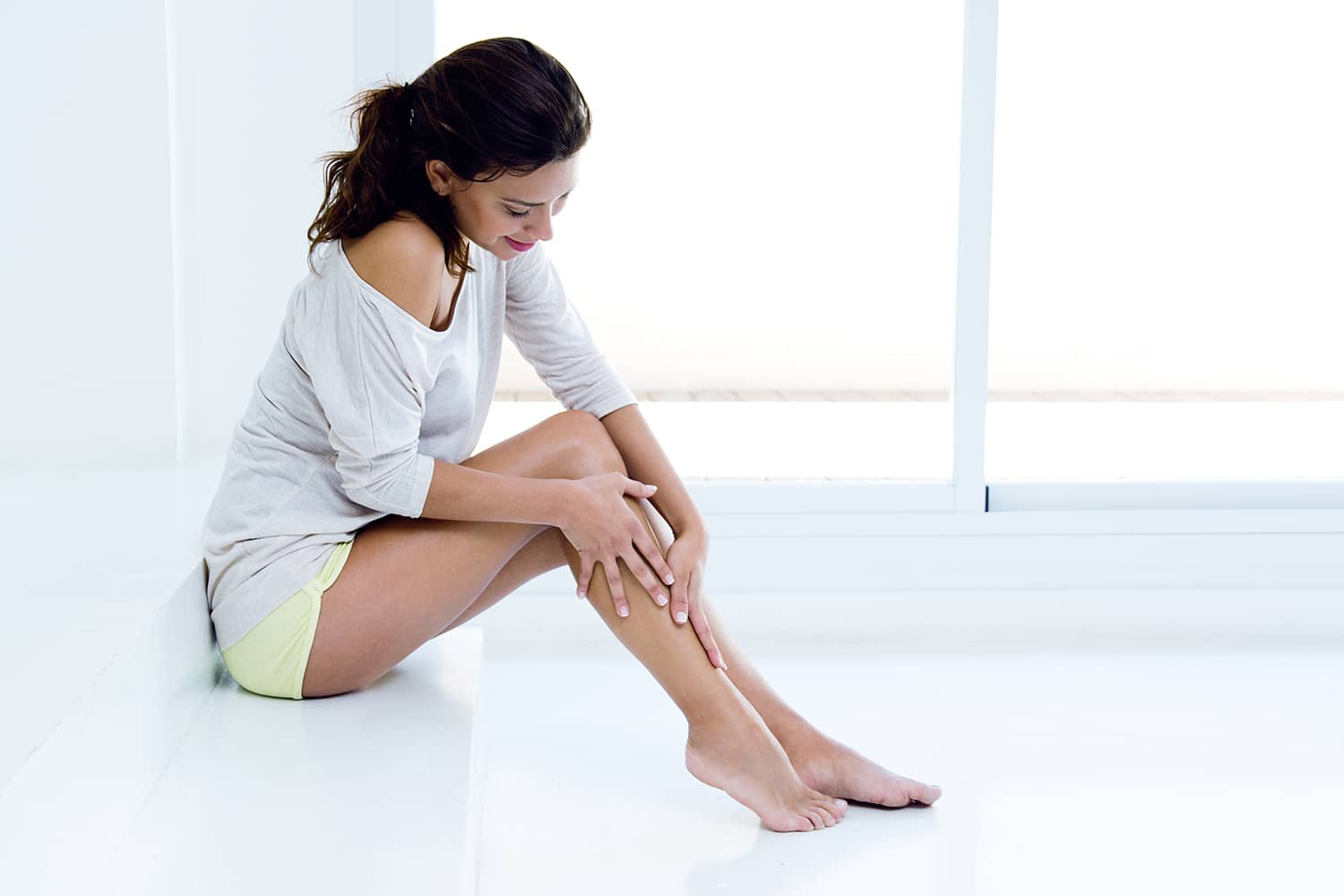Varicose veins are a common condition that affects millions of people worldwide. Often dismissed as a cosmetic concern, they actually reflect an underlying venous problem that can lead to discomfort, complications, and reduced quality of life. By understanding, individuals can take proactive steps to prevent them and seek appropriate treatment.
What Are Varicose Veins?
Varicose veins are enlarged, twisted veins that typically appear just beneath the skin, most often in the legs. They develop when the small valves within veins weaken or malfunction, causing blood to pool instead of flowing smoothly back to the heart. This pooling increases pressure within the veins, leading to their characteristic bulging and discoloration.
Although it is often seen as a cosmetic issue, they can also cause symptoms such as leg pain, swelling, and a feeling of heaviness. Left untreated, they may progress to more serious conditions, such as skin ulcers or chronic venous insufficiency, underscoring the need for proper care.

How Do Veins Function Normally?
To understand varicose veins, it’s important to know how veins function. Veins are responsible for transporting deoxygenated blood back to the heart. In the legs, this process involves working against gravity. This is facilitated by the veins’ one-way valves and muscle contractions during movement.
When these valves are healthy, they ensure smooth upward blood flow. However, if the valves weaken or fail, blood can leak backward, pooling in the veins and increasing venous pressure. Over time, this pressure weakens the vein walls, contributing to the development of varicose veins.
The Main Causes of Varicose Veins
Genetic Predisposition
Genetics play a significant role. If your parents or close relatives have experienced, your risk is significantly higher. This is linked to weaker vein walls or valves that are more prone to dysfunction.
Age-Related Changes
As people age, their veins undergo natural wear and tear. This make them less elastic and more susceptible to damage. Over time, the valves within the veins may fail to function properly. This leads to the formation of varicose veins. Age-related changes are one of the most common contributors to this condition.
Hormonal Factors
Hormones significantly influence vein health, especially in women. Pregnancy, menopause, and hormonal therapies such as birth control pills can relax vein walls or increase blood pressure, putting additional strain on the venous system. These changes make women more prone than men.
Conclusion
Varicose veins are not just a cosmetic issue; they reflect an underlying problem with the venous system. From genetics to age and hormonal influences, understanding causes is essential for taking preventive measures and seeking timely treatment.

